Winter has arrived, and in this extremely cold winter, I can’t help but think of several hand-warming SoCs from recent years that I miss dearly. Next, let’s review those high-power SoCs from recent years.
Next, let’s review those high-power SoCs from recent years.
First, the Qualcomm Snapdragon 810
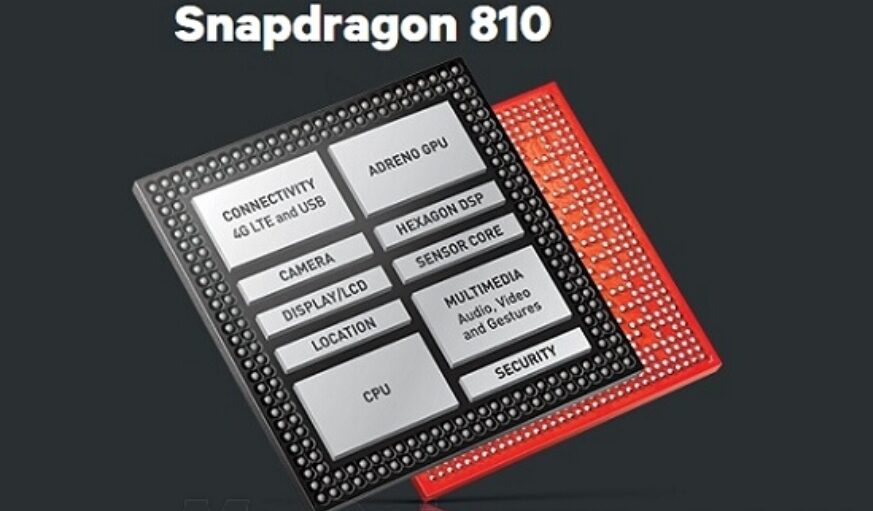
This is the first generation of the “fire dragon”. At that time, many people suffered from low-temperature burns on their thighs and palms due to using phones equipped with the 810 SoC, which was quite terrifying. This SoC was released in 2014 and adopted the then-advanced 20nm process technology, featuring a quad-core Cortex-A57 + quad-core Cortex-A53 architecture and an Adreno 430 graphics chip. Its theoretical performance was quite good, but its power consumption under full load could reach around 9W!!! Although manufactured by TSMC, due to Qualcomm’s unreasonable design, even TSMC couldn’t save it. 【Popular phones using this SoC included the Xiaomi NOTE high-end version, LeTV 1pro, among others】.
Second, the Qualcomm Snapdragon 820
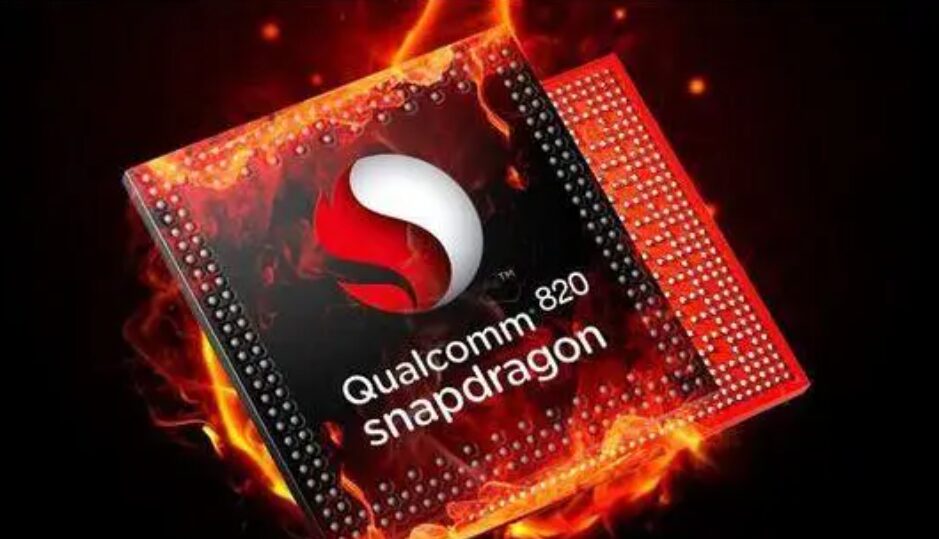
Released in 2015. Although it was an upgrade over the 810, with a process technology upgraded to 14nm, its notorious reputation as a “fire dragon” still remained. It had 2 Kryo cores at 2150 MHz and 2 Kryo cores at 1593 MHz + GPU, with power consumption generally reaching around 8~10W. 【At that time, the Xiaomi 5 used this SoC, as did the Nubia Z11 and Samsung S7】.
Since then, Qualcomm has been striving for improvement. The 835, 845, 855, 860, 865, and 870 SoCs have all had good power efficiency during this period, with some even being referred to as “god U” by enthusiasts. Many classic models, such as the Xiaomi 6 and K20 Pro, used these SoCs.
Then we arrive at 2020.
The third hand-warming treasure is here! It is the Qualcomm Snapdragon 888.
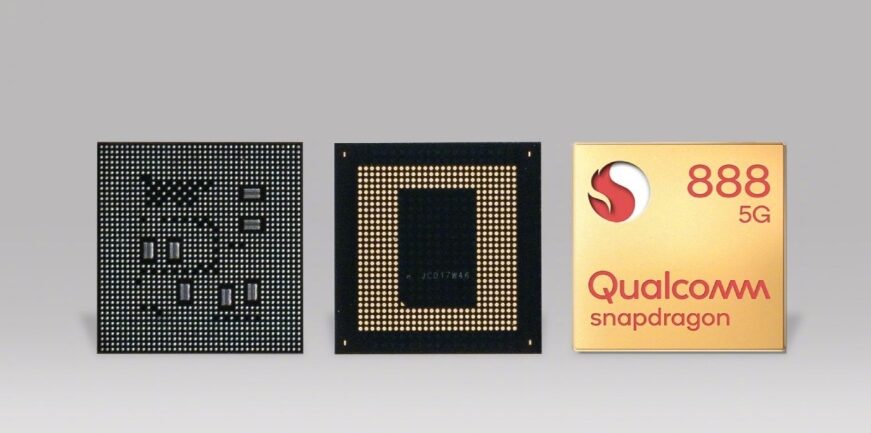
The Qualcomm Snapdragon 888 used the then-advanced Samsung 5nm process, combined with its own unreasonable design, making the 888 the successor to the new generation of “fire dragons”. The CPU configuration is 1 x 2.84GHz (the latest ARM Cortex X1 core) + 3 x 2.4GHz (Cortex A78) + 4 x 1.8GHz (Cortex A55), with the GPU being Adreno 660. If not for power walls or similar issues, it generally could reach around 10W. 【The Xiaomi 11 used this SoC, and issues like burning the motherboard, burning WiFi, and CPU soldering failures were frequently reported.】 Low-temperature burns also occasionally occurred, which was quite exciting.
Many people even chose the slightly less powerful but much better efficient Snapdragon 870, showing how unsuccessful the 888 was. 【The Snapdragon 8 Gen 1 was also quite unsuccessful.】
The fourth award goes to the MediaTek Dimensity 9000.
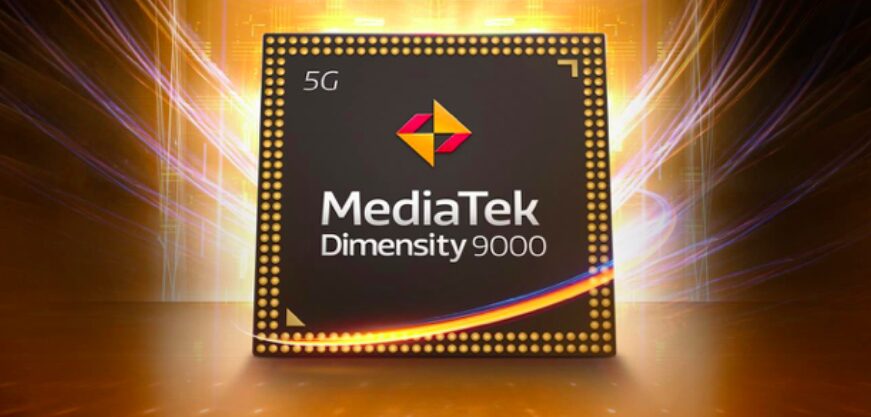
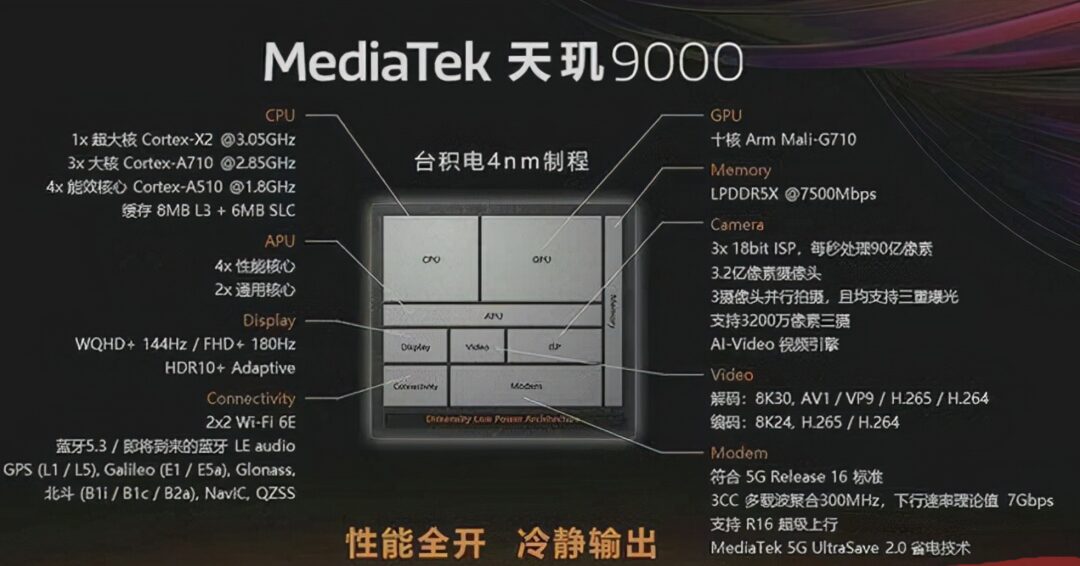
The Dimensity 9000 was released in 2021 and officially launched in 2022. Its performance is indeed impressive, capable of competing with Qualcomm’s flagship processors of the same period. It uses TSMC’s 4nm process, with core specifications of: 【1 Arm Cortex-X2 core at 3.05GHz + 3 Arm Cortex-A710 cores at 2.85GHz + 4 Arm Cortex-A510 efficiency cores at 1.8GHz】, with power consumption reaching as high as 9.8W. Compared to the Qualcomm 8 Gen 1, it is a pair of hidden dragons and crouching tigers. However, the price is quite appealing. Currently, the OnePlus ACE 2V can be purchased for 1500 yuan with a configuration of 12GB + 256GB.
As for the recent SoCs with good power efficiency, there are the Snapdragon 870, 7 Gen 2, Dimensity 8100, 8200, 8300, etc. You can choose according to your needs.
If you found this article interesting, remember to give it a thumbs up!
Welcome to join our computer discussion group: 386615430
Welcome to join the official evaluation group of Computer Bar: 798545305
Follow Bilibili @ Computer Bar Evaluation Room
